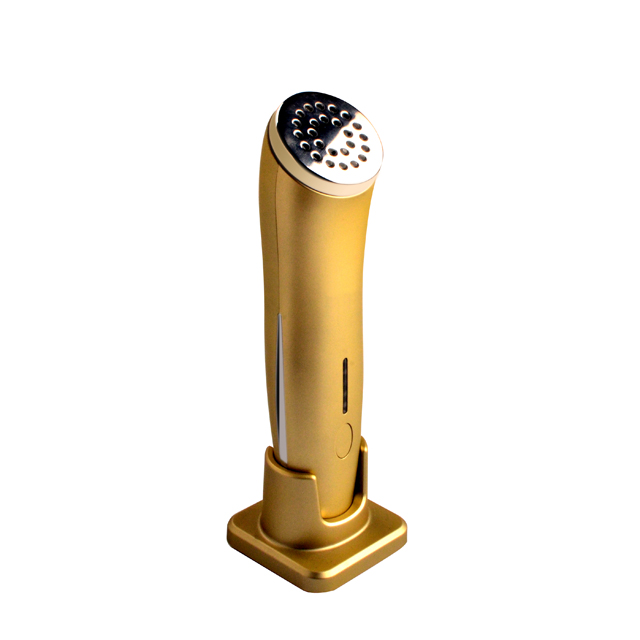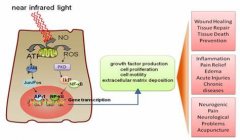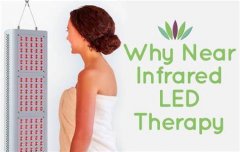
Chromotherapy is a treatment method that uses the visible spectrum (colors) of electromagnetic radiation to promote healing and cure diseases. Color therapy has been used successfully for centuries. The basis behind chromotherapy is that each wavelength (what we see as colors) has a specific frequency. We only see a small fraction of electromagnetic radiation, roughly between 380 and 780nm (what we call visible light).
In the 1950s, studies found that neonatal jaundice could be cured with exposure to sunlight. Recent research has proven the beneficial effects of various types of LED light. The result of this research is that color is coming into its own as an effective therapeutic tool. For example, red light is used when athletes need to perform with quick bursts of energy, while blue light is best for sports that require a steady energy output such as long-distance cycling or running.
Chromotherapy is now used to improve the performance of athletes. For example, whereas red light appears to help athletes perform in short, quick bursts of energy, blue light assists in performances requiring a steadier energy output. Research has also found that specific parts of the brain are not only light-sensitive, but respond differently to different wavelengths.
This is important for skin health, as light enters the body through the eyes and skin. Light triggers the hypothalamus, which regulates all life-sustaining bodily functions, the autonomic nervous system, endocrine system, and the pituitary (the body's master gland). Different wavelengths have different effects on the endocrine system, which regulates hormones; and hormonal balance, or imbalance, directly affects the skin.
White
White isn’t a color, per se: it’s a combination of colors and therefore it’s considered a full-spectrum color (or light). Bright white full-spectrum light is a common therapy for Seasonal Affective Disorder (SAD), emotional eating, jetlag, addictions, and even some cancers.
Purple (Violet)
The purple wavelength is around 390nm. It alleviates inflammation, increases cell regeneration, and has a balancing and calming effect on the skin.
Blue
The blue wavelength is around 415nm. It is proven to have antibacterial properties, and overall cleanses and purifies the skin. Blue light therapy is highly effective at treating acne, and acne scars, and it has been used to heal injured tissue, preventing scar tissue, and speed up healing of burns and lung conditions. On an emotional level, blue light has been used to treat addiction and depression.
Yellow
The yellow wavelength is around 450nm. It is commonly used to heal eczema, sunburn, psoriasis, rosacea, and to reduce redness.
Cyan
The cyan wavelength–a lighter shade of blue light–is around 490nm. It's soothing, anti-inflammatory, and is ideal for treating inflamed skin, acne, reducing swollen capillaries and blocking pain.
Green
The green wavelength measures around 525nm. It has a balancing effect on the complexion, reduces hyper-pigmentation, lightens sunspots, and minimizes redness and dark circles.



